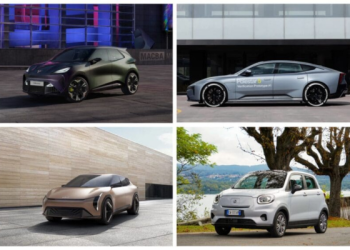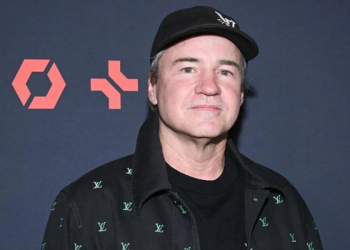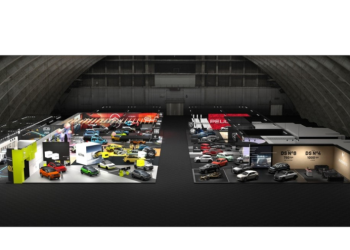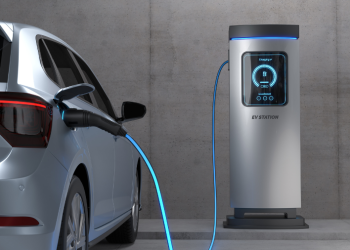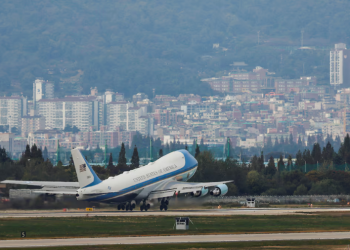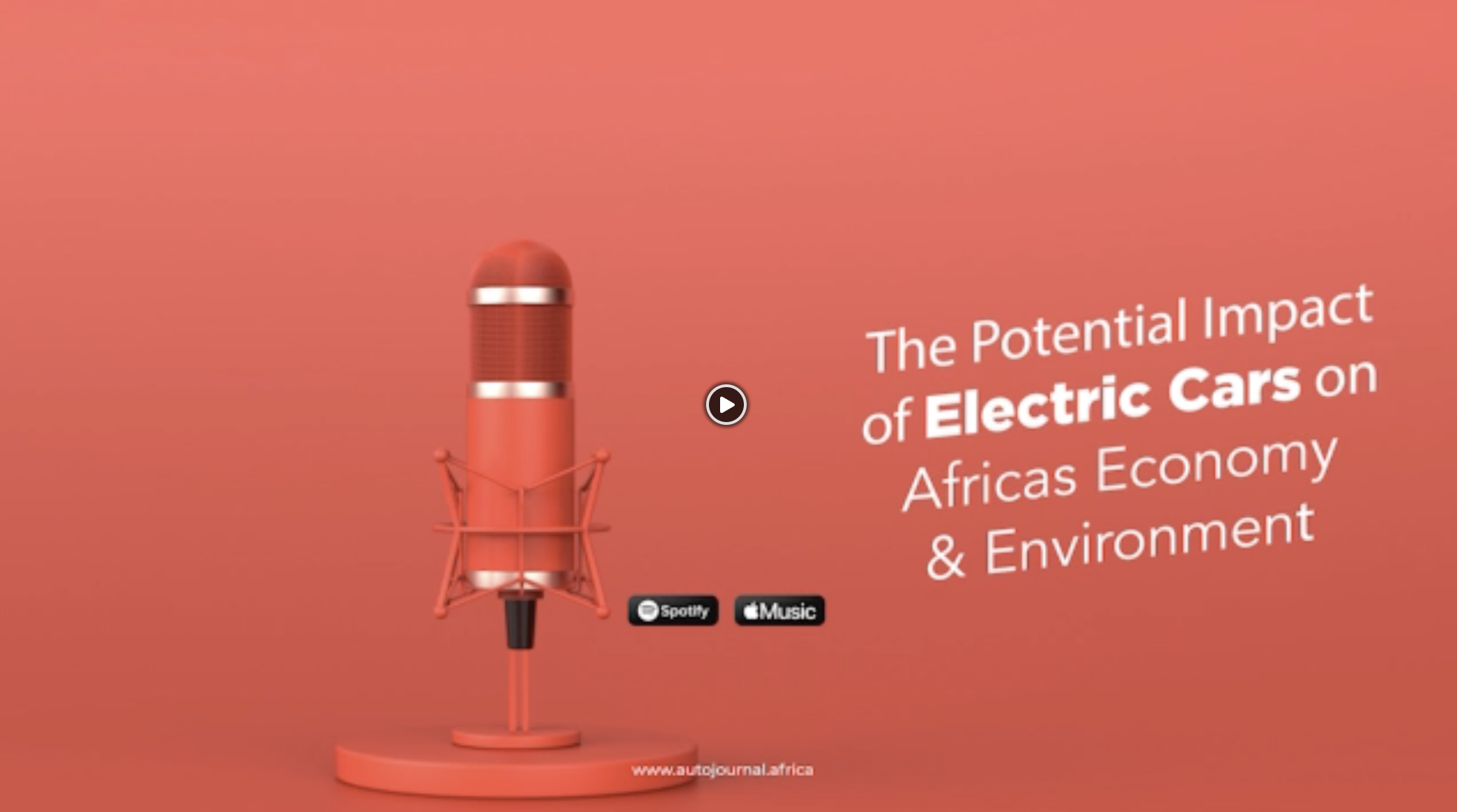In a historic breakthrough, Boom Supersonic has shattered the barriers of speed and sound with its “Boomless Cruise” technology. Imagine flying across continents at supersonic speeds, above bustling cities, without the disruptive roar of a sonic boom. This is not science fiction but the new reality of aviation, poised to redefine global travel as we know it.
On January 28, 2025, Boom’s demonstrator aircraft, XB-1, made history by completing three supersonic flights at Mach 1.12. The remarkable part is that not a single sonic boom reached the ground. Sophisticated microphones placed across testing zones confirmed what could only be described as a milestone for aviation; supersonic flight can now be faster, quieter, and more sustainable than ever.
Blake Scholl, the visionary behind Boom Supersonic, expressed his excitement about the achievement. “On January 28, XB-1 proved that supersonic flight is no longer just a dream but a reality. This reality is sustainable, efficient, and, most importantly, respectful of those living below,” Scholl said. “With Boomless Cruise, we’re opening new doors for faster travel on more routes, connecting the world in ways we’ve never seen before.”
The secret behind Boomless Cruise lies in advanced aerodynamics and a natural phenomenon called “Mach cutoff.” By flying at high altitudes where atmospheric conditions dissipate sonic booms, the technology effectively ensures silence on the ground. This breakthrough will be a cornerstone of Boom’s commercial airliner, Overture, which is expected to transform global travel with speeds of up to Mach 1.7.
The possibilities are immense. For regions like Africa, where connectivity is essential for economic growth, this innovation could be a game-changer. Imagine cutting flight times between cities like Lagos and Nairobi to under two hours, all while maintaining the quiet skies essential to community well-being. Boom Supersonic’s advancements align seamlessly with the continent’s demand for innovative and sustainable technologies, creating opportunities for businesses and tourism like never before.
The XB-1’s test flights weren’t just a technical feat—they delivered critical data that will refine Boomless Cruise for commercial use. Sensors recorded atmospheric and noise conditions, confirming the viability of silent supersonic travel. This data is now shaping the design of the Overture, which will run entirely on sustainable aviation fuel (SAF), underlining Boom’s commitment to environmentally conscious innovation.
“Silent, sustainable, and supersonic—this is the future we’re building,” Scholl stated, encapsulating the company’s vision for air travel that doesn’t just break records but also respects the planet.
Boomless Cruise marks a seismic shift in aviation history. It eliminates the trade-offs between speed and environmental impact, making supersonic travel practical for everyday use.
The future of air travel is not just about getting there quickly—it’s about doing so quietly, sustainably, and with a level of innovation that changes how we connect with the world. Boom Supersonic isn’t just designing planes; it’s creating a new era of aviation, where the roar of the future is silence.
Read more on Supersonic aircrafts: Evolution, impacts on aviation




